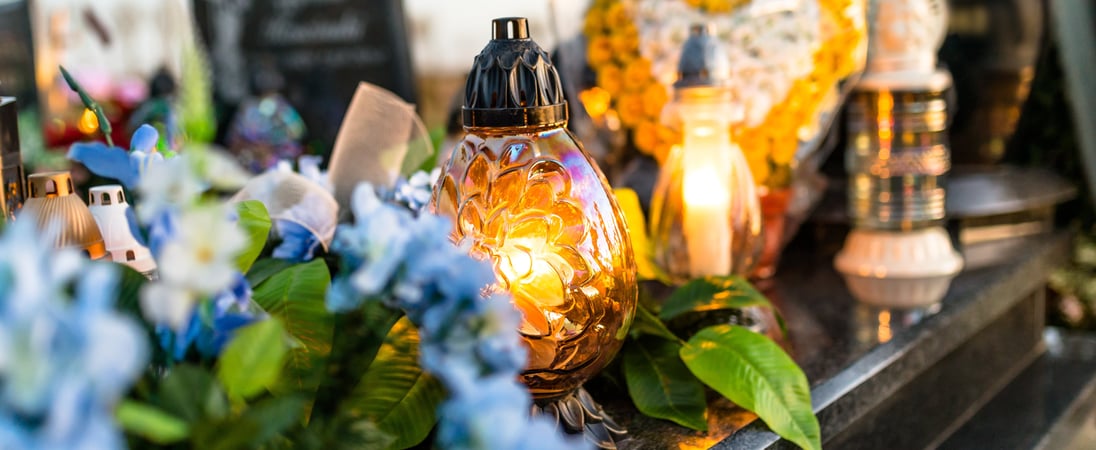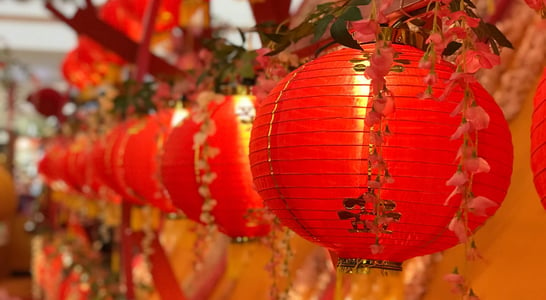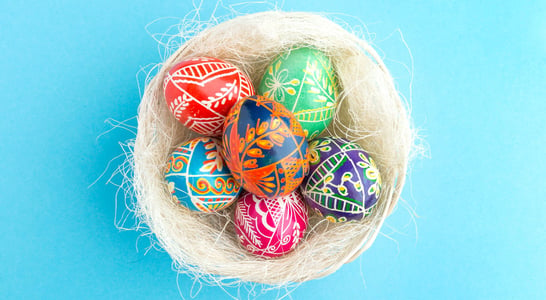
Radonitsa
Radonitsa, often called the “Day of Rejoicing,” holds a special place in Belarusian culture. It is a day dedicated to remembering loved ones who have passed away.
How to Observe Radonitsa
Celebrating Radonitsa can be a unique experience filled with traditions and a touch of joyful remembrance. Here are a few quirky ideas to make the most out of this special day.
Visit and Feast
Pack up a picnic basket with some traditional goodies and head to the cemetery.
Yes, you read that right! Gather around the graves of your loved ones, and share stories, laughter, and maybe even some funny family anecdotes. It’s all about honoring their memory while embracing the lively spirit of the day.
Colorful Offerings
Bring some beautifully decorated eggs, a symbol of resurrection and life, and place them on the graves. Maybe even get creative and personalize the eggs with drawings or messages. It’s a small, colorful way to show that they are still a part of your family celebrations.
Joyful Tunes
Sing a cheerful song or two. This might sound unusual, but it’s perfectly in the spirit of Radonitsa. If you’re not sure what to sing, try a traditional folk tune, or just hum a happy melody.
Music has a way of connecting us to the past, and it can add a beautiful, uplifting note to the day.
Sweet Treats for the Soul
Bake or bring a dish that your loved one enjoyed. Share it with family, or leave a small portion as an offering.
It’s a heartfelt gesture that acknowledges their continued presence in your life. Plus, who doesn’t enjoy a reason to bake something delicious?
Share and Give
It’s customary to give alms on this day, so consider donating to a cause or giving to someone in need. It’s a lovely way to spread joy and do something good in memory of those who have passed. That’s like sending a little extra love from them to the world.
Each of these suggestions adds a unique touch to Radonitsa, making it a day filled with warmth, memories, and a hint of celebration. It’s a beautiful blend of honoring the past while enjoying the present with those who remain.
About Radonitsa
Unlike more somber remembrances, this day is marked by a unique blend of sorrow and joy. Families visit cemeteries, carrying with them the bright spirit of Easter.
They bring traditional foods, such as dyed eggs, and gather around the graves to share memories and meals. This day is not just about mourning; it’s a celebration of life, a reminder of the eternal connection between the living and the departed.
On this day, the atmosphere in cemeteries is lively yet respectful. Priests lead prayers, blessing the graves with holy water. People leave food and symbolic offerings as tokens of love and remembrance. These acts reflect the Orthodox belief that death is not the end, but a passage to another life.
Through these traditions, Radonitsa becomes a time to honor those who have passed while embracing the hope of resurrection and eternal life.
This joyful approach to remembering the departed is what makes Radonitsa a unique and cherished part of Belarusian culture.
History of Radonitsa
Radonitsa, often known as the Day of Rejoicing, has its roots in ancient Slavic customs. Before the arrival of Christianity, the Slavs held ceremonies to honor their ancestors during spring.
They believed this was a time when the spirits of the dead were closer to the living. Families visited graves, shared meals, and even performed rituals to show respect and maintain connections with those who had passed.
With the spread of Christianity in Eastern Europe, the church adopted and transformed these practices. Radonitsa was integrated into Orthodox Christian traditions, emphasizing hope in resurrection and life beyond death.
The name “Radonitsa” comes from the word “radost,” which means joy, highlighting the celebration of eternal life. It is observed on the second Tuesday after Orthodox Easter, blending the joy of Easter with remembrance.
Church leaders like St. John Chrysostom promoted the tradition of Radonitsa, encouraging remembering the dead through prayers and blessings at cemeteries.
Families began visiting graves not just to mourn but to celebrate Christ’s resurrection and the promise of life after death. This unique combination of ancient customs and Christian beliefs gave Radonitsa its distinctive character.
Today, it remains a significant day in Belarus, Russia, and other Orthodox Christian countries. People continue the practice of visiting graves, sharing meals, and praying for their departed loved ones.
This tradition, bridging the past and present, reflects a deep respect for family bonds and spiritual hope.
Also on ...
View all holidaysNational Superhero Day
Instead of Superman and Batman, this day is to honor our real-life superheroes: those people who help others, from firemen to nurses to soup kitchen volunteers.
Save The Frogs Day
Frogs are crucial to our ecosystem, keeping bug populations down and preventing disease. But many species are already endangered, so join the fight to save them.
Global Pay It Forward Day
Take an opportunity to pay for someone’s coffee, or help carry their groceries, and start a chain of kind deeds to make the whole world a better place to live in.
We think you may also like...
Chinese New Year
A joyous annual celebration of new beginnings, family gatherings, and traditional foods, steeped in symbolism and rich history.
Easter Monday
Easter Monday is the perfect time to relax and spend quality time with family and friends. Enjoy a leisurely brunch, hunt for hidden Easter eggs, or take a leisurely stroll in the sunshine.
Christmas Day
Jingle all the way! Deck the halls with boughs of holly, indulge in delicious treats, and make unforgettable memories with loved ones.








